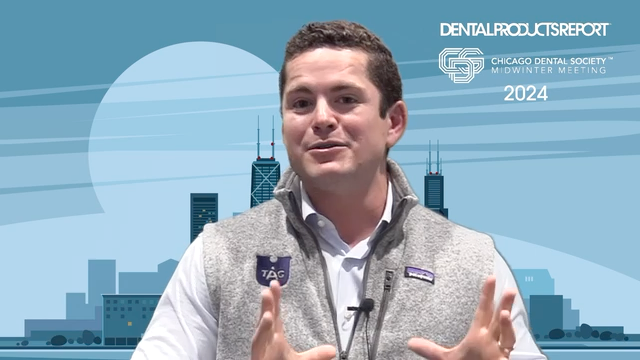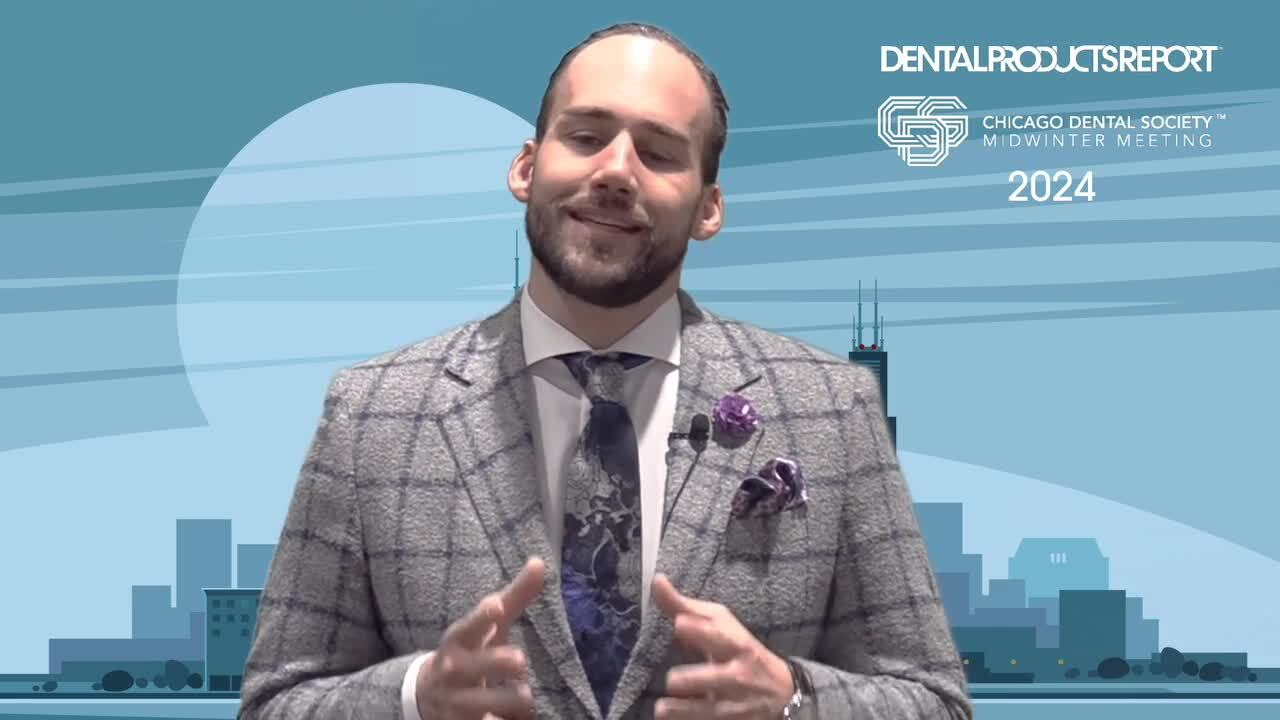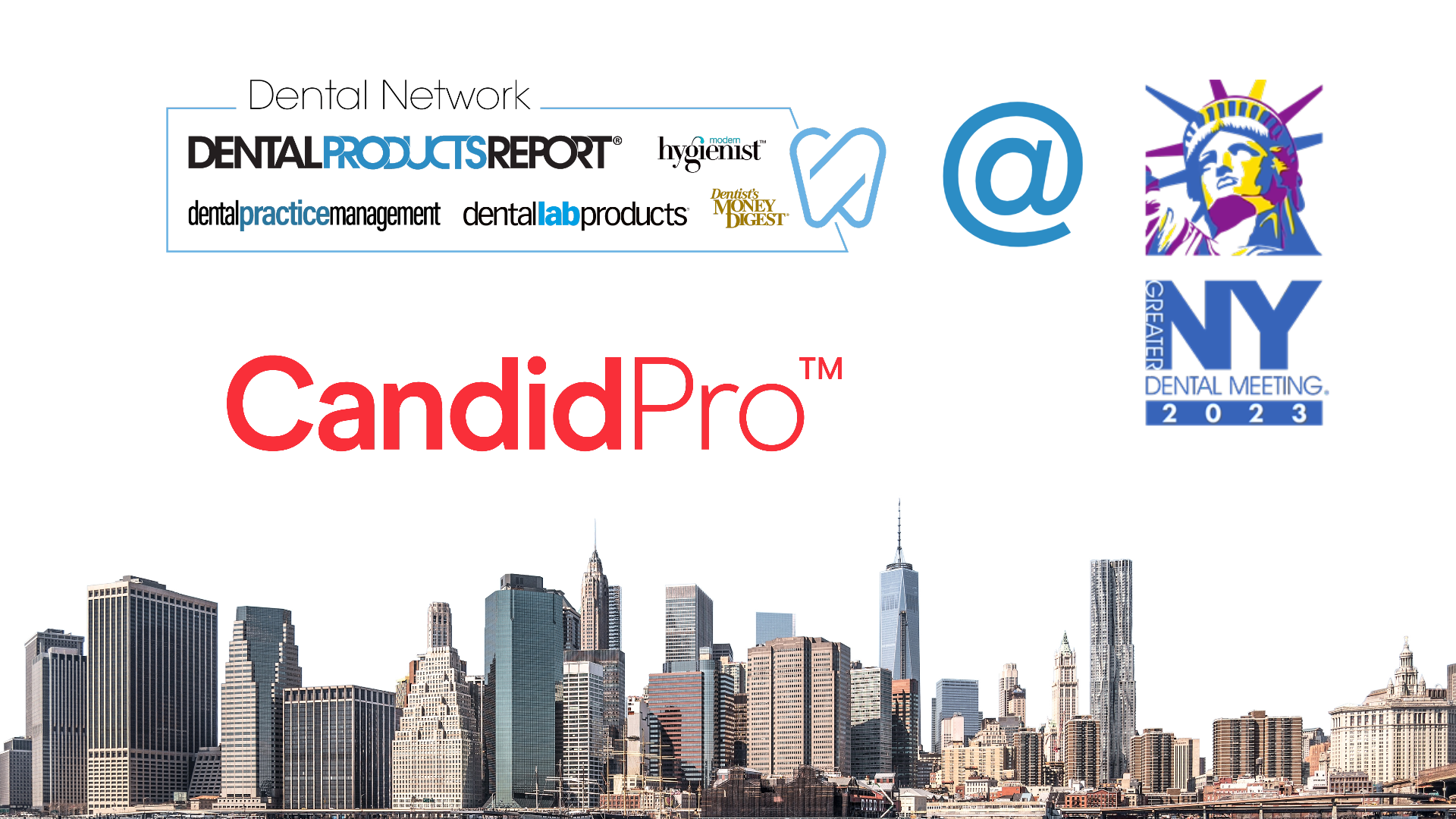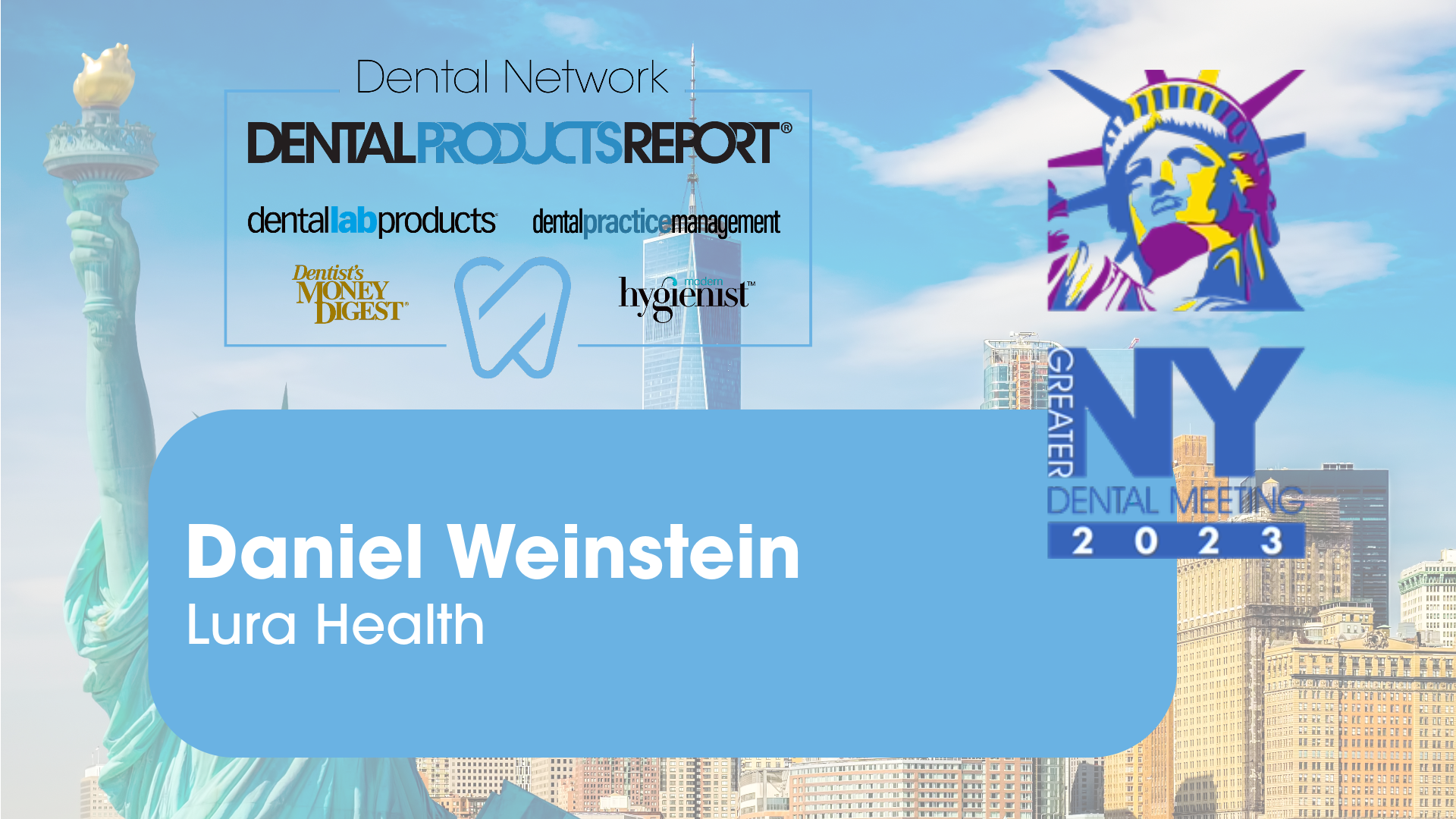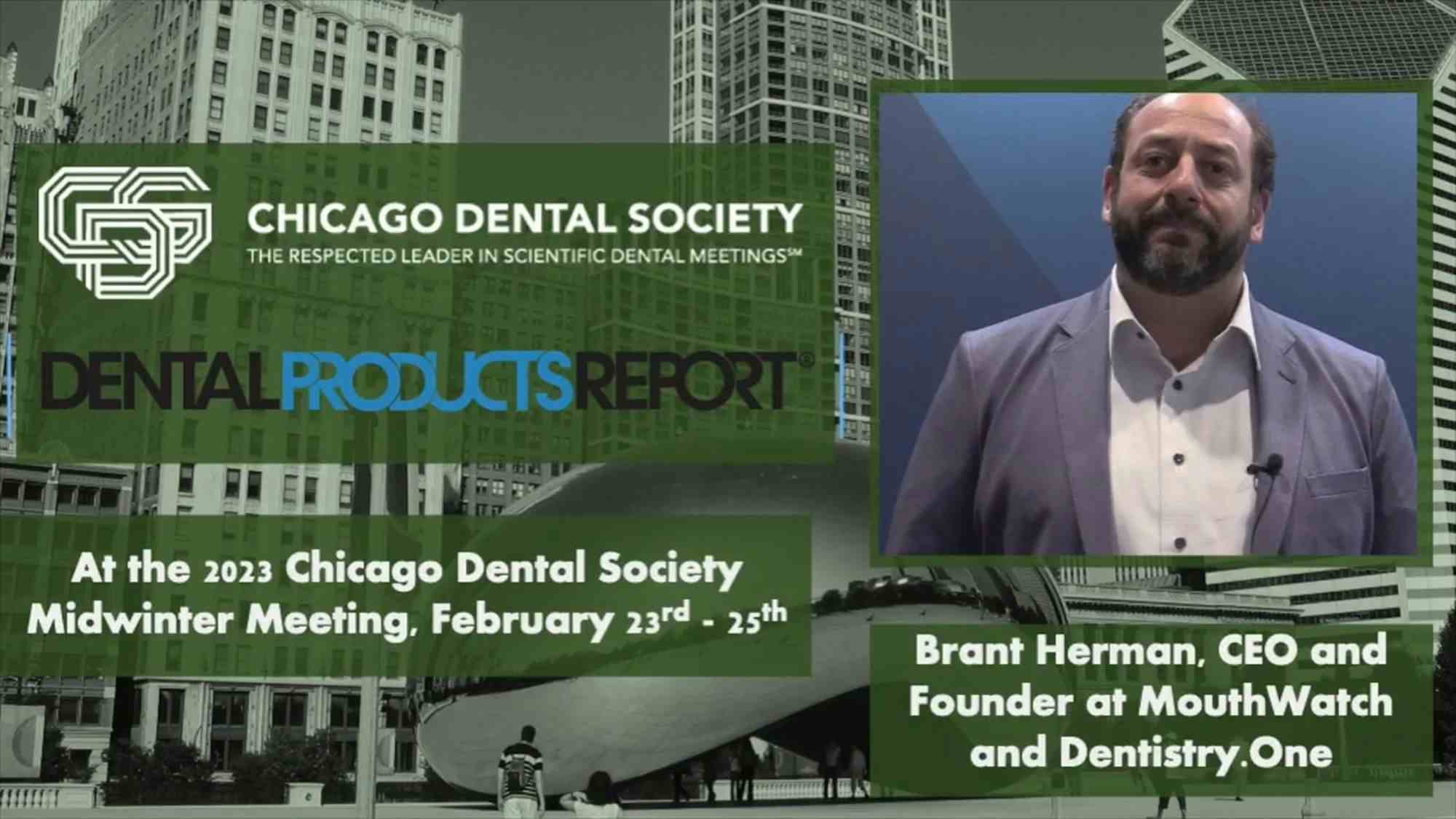Aerospace engineer develops innovative new dental composite
A University of Missouri engineer who has developed a “flowable” dental composite that can be injected in a cavity and hardened through a high-intensity light, recently received clearance from the Food and Drug Administration to produce this product on a commercial scale.

A University of Missouri engineer who has developed a “flowable” dental composite that can be injected in a cavity and hardened through a high-intensity light, recently received clearance from the Food and Drug Administration to produce this product on a commercial scale.
Because of the short life span of normal composites, it is estimated that replacement fillings comprise 75 percent of a dentist’s work. Additionally, the short life span of everyday composites is one of the most critical challenges for restorative dentistry, according to the National Institutes of Health (NIH). Hao Li, a professor of mechanical and aerospace engineering in the MU College of Engineering, and president of Nanova Biomaterials Inc., created a composite using calcium phosphate nanofibers that significantly improves the strength of the tooth while retaining the shine.
Trending article: Study finds nanodiamonds might prevent tooth loss after root canals
“Calcium phosphate fibers are microscopic nanofibers that have their strength in inverse proportion to their diameter,” Li said. “This means if the diameter of the nanostructure shrinks 100 times, the strength may increase 10 times-basically, as the fibers get thinner, they become stronger.”
NovaPro Flow, which is a composite that incorporates nanofiber technology, is applied as a liquid composite through a syringe and can be easily and precisely delivered to the teeth of a patient. Once the composite is fitted to the cavity properly, it is cured with a blue light, which causes the composite to hardening less than 20 seconds. Once hardened, the nanofibers provide support to the overall structure ensuring greater longevity, much like rebar in concrete.
“We tested our composite against all other commercial dental filling products,” Li said. “It’s stronger than anything else we have seen on the market.”
Funding for the research was provided by Li’s 2009 National Science Foundation CAREER award, which totaled $430,000, and another $410,000 NIH grant. A Chinese venture capital firm, SummitView Capital, provided additional funding for mass production and the lengthy FDA clearance process as part of its more than $7 million investment in the company.
Li also is working on gaining FDA approval for more nanofiber-based biomaterials, including universal dental composites. The company already has produced a dental varnish, StarBrightTM. NBI opened its Columbia facility in 2013, where it currently manufactures all of its innovative nanofiber products.
Li’s work also showcases the role the University of Missouri plays in economic development for the state. The MU Office of Economic Development works to build strategic collaborations to grow research and service contracts; enhance internships, experiential learning opportunities and job placements; develop long-term philanthropy collaborations; explore collaborations for new funding opportunities; and accelerate entrepreneurship and commercialization to advance the growth of local, state and regional economies.
This post was taken from materials provided by the University of Missouri. It has been edited for content and length.
Oral Health Pavilion at HLTH 2024 Highlighted Links Between Dental and General Health
November 4th 2024At HLTH 2024, CareQuest, Colgate-Palmolive, Henry Schein, and PDS Health launched an Oral Health Pavilion to showcase how integrating oral and general health can improve patient outcomes and reduce costs.
Episode 31: Dentsply Sirona Implant Announcements
September 30th 2021DPR’s Editorial Director Noah Levine sat down with Gene Dorff, Dentsply Sirona’s group vice president of implants and Dr. Dan Butterman to review several big announcements the company made in the arena of implants during Dentsply Sirona World 2021 in Las Vegas.









